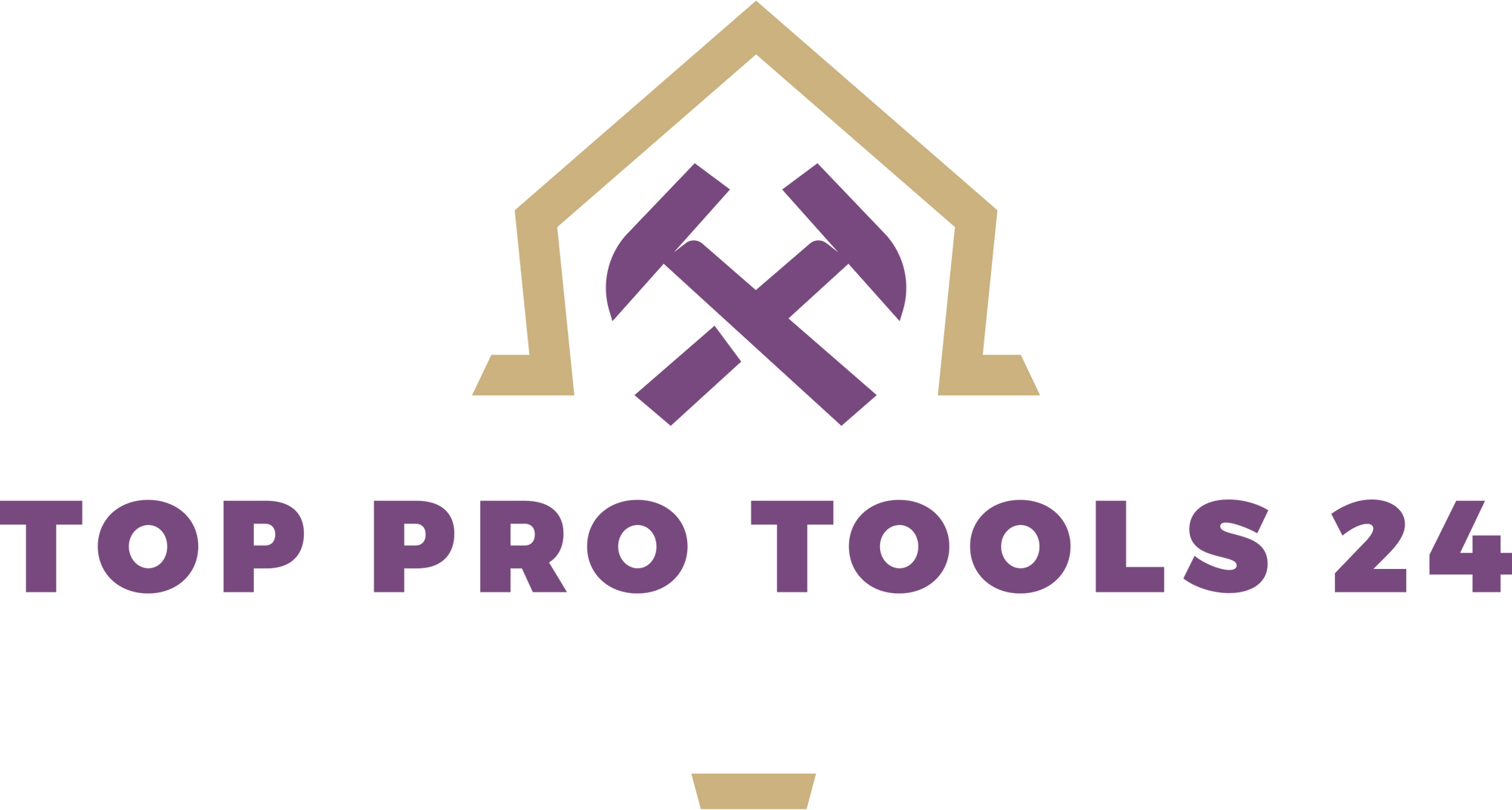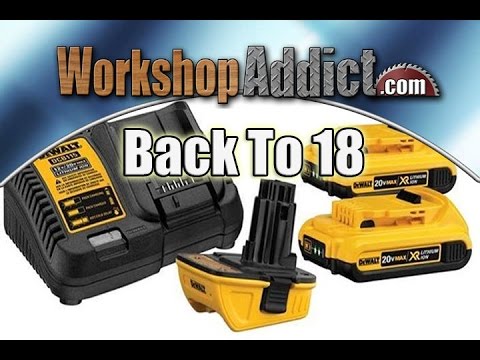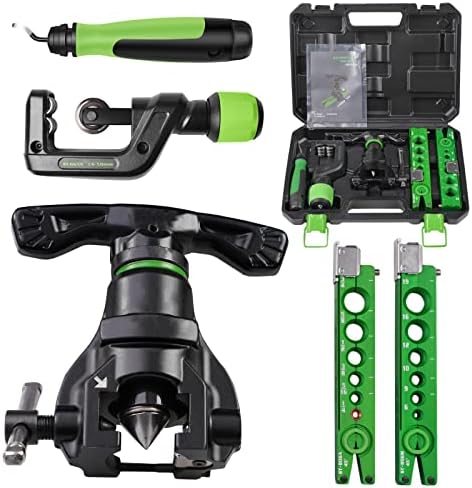
This post may contain affiliate links which means I may receive a commission for purchases made through links. Learn more on my Private Policy page.
An Overview of the YouTube Algorithm and How it’s Evolving
YouTube is a constantly changing platform, with the company continually fine-tuning its algorithm to improve user experience. Understanding this algorithm and its modifications is key for creators looking to boost their presence on the platform. In this article, we will explore what the YouTube algorithm is, how it has evolved over time, and tips for creators to reach more viewers.
What is the YouTube Algorithm?
The YouTube algorithm is a system that determines which videos will be recommended to users based on their behavior, preferences, and engagement. It aims to keep viewers on the platform for as long as possible by providing relevant, engaging content that they are most likely to enjoy.
The algorithm is powered by machine learning, which enables it to adapt and improve its recommendations by learning from user behavior. It considers factors such as watch time, user engagement (likes, comments, and shares), and video metadata (title, description, and tags) when deciding which videos to suggest.
A Brief History of the YouTube Algorithm
So, how has the YouTube algorithm evolved over the years?
2005-2011: The Beginning – The Rise of Video Views
In the early years, YouTube’s primary focus was on video views. The more views a video received, the higher it would rank in search results and recommendations. As expected, this led to creators maximizing views to gain visibility. Unfortunately, it also incentivized clickbait and misleading titles since the main goal was to increase the number of views.
2012: Shifting to Watch Time
In 2012, YouTube recognized that focusing solely on views didn’t necessarily guarantee quality content. The platform shifted its focus to watch time, measuring not only how many views a video received but also how long users watched the content.
This change encouraged creators to produce engaging, quality content instead of relying on clickbait tactics. The longer viewers stayed on a video, the more likely they were to receive recommendations for similar content in the future.
2015-2016: Emphasizing Mobile and Personalized Recommendations
As the number of mobile users continued to rise, YouTube optimized its algorithm to prioritize mobile engagement. In addition, the platform introduced personalized recommendations, considering users’ watch history and interests when suggesting content.
This improved the overall user experience by providing tailored recommendations according to individual preferences, creating a more seamless transition between videos and increasing overall watch time.
2018: Greater Transparency and Fighting Misinformation
In 2018, YouTube set out to improve transparency around its algorithm and policies, particularly when it came to suppressing misinformation and harmful content. The platform introduced the YouTube Intelligence Desk to identify misleading and inappropriate content, promoting authoritative sources, and ensuring users access accurate information.
2019-present: A More Holistic Approach to Content Discovery
Today, the YouTube algorithm continues to evolve, with the focus on offering a more holistic approach to content discovery and user satisfaction. YouTube is placing greater emphasis on factors such as user feedback, satisfaction metrics, and the impact of recommendations on viewers’ well-being.
Tips for Creators: Harnessing the YouTube Algorithm
To stay ahead of the game, creators must adapt to the changes in the YouTube algorithm and employ strategies to increase visibility and user engagement. Here are some tips to get you started:
1. Create High-Quality and Engaging Content
The most crucial aspect of leveraging the YouTube algorithm is to produce high-quality, engaging content that keeps viewers watching for extended periods. Longer watch times lead to increased visibility and suggestions for similar content.
Focus on Audience Retention
To measure the effectiveness of your content, keep track of audience retention using YouTube Analytics. This metric reveals how long viewers stay on your videos and helps identify if they are leaving prematurely. Analyzing trends in audience retention can help you pinpoint areas for improvement and create more engaging content that appeals to your target audience.
2. Optimize Video Metadata and Presentation
To ensure that the algorithm can easily interpret and recommend your content, it’s essential to optimize your video metadata (title, description, and tags).
Titles
Craft clear, concise titles that accurately describe the content of your video. Avoid using misleading or exaggerated titles, as this could deter users or lead to poor audience retention.
Descriptions
Write detailed descriptions that offer context and further information about your video. Include relevant keywords and phrases that users are likely to search for. Be careful not to overuse keywords, as this can appear spammy and may negatively impact your video’s performance.
Tags
Apply relevant tags to give YouTube further context about your video and help it appear in search results and recommendations. Use a mix of broad and specific tags to cater to different user searches.
3. Leverage YouTube Analytics to Assess Performance and Improve Strategies
By regularly monitoring YouTube Analytics, creators can gain insight into their audience’s behavior and preferences. Use this information to improve your content strategy and optimize your videos based on the metrics that matter most.
Conclusion: Stay Alert and Adapt to Change
Understanding and adapting to the YouTube algorithm is paramount for long-term success on the platform. By focusing on creating quality content, optimizing video metadata, and leveraging YouTube Analytics, creators can increase their chances of reaching more viewers. Remember that the algorithm is continually evolving, and being proactive in your approach will ultimately result in a stronger presence on the world’s leading video-sharing platform.
This post may contain affiliate links which means I may receive a commission for purchases made through links. Learn more on my Private Policy page.







Small air compressor it's enough to run this tool?
i want buy one buat im from indonesia
silly question- I only have an airbrush compressor is it good enough for this tool?
Nice
All that mill scale and rust all over those white tiles🤦♂️….then black spray paint 👌….got to admire your commitment to making a right mess 🤣🤣
Penumatic 😂
I bought the same exact one on ebay for 30 bucks free shipping with 40 piece disc
Thank you for the video. What compressor did you use? Will this sander work on curved surfaces?
will the 50L air compressor be enough to hold up the air ?
Plese make the coller
Chennel creative ple give your phone number
nice
Alatnya unik
Where do you live
Solar ganreter banona
wow amazing
Haw to Mack this diy little colorful led light cube canton tower suite ir remote control electronic kit https://m.banggood.in/DIY-Bluetooth-Canton-Tower-LED-Light-Cube-Kit-Remote-Control-Music-Spectrum-Electronic-Kit-p-1137058.html?rmmds=search
Fais uma carreta treme treme em miniatura
Xxx
mantap mas
Hello VIsit my DIY YT CHANNEL !!!
with DIY 160 videos
Mr. DK DIY
https://www.youtube.com/user/kikiriku200/featured
+Creative Channel
For a little while on the beginning of video I wait for someone asking "AON!"… eheheh
https://www.youtube.com/watch?v=rPykjK8-Ri0
Nice
Nice item 👍Excellent 👍
and thats it?
WOW, that's really nice! 😮
👍👍👍👍👍👍👍👍👍👍
وصل يا وحش